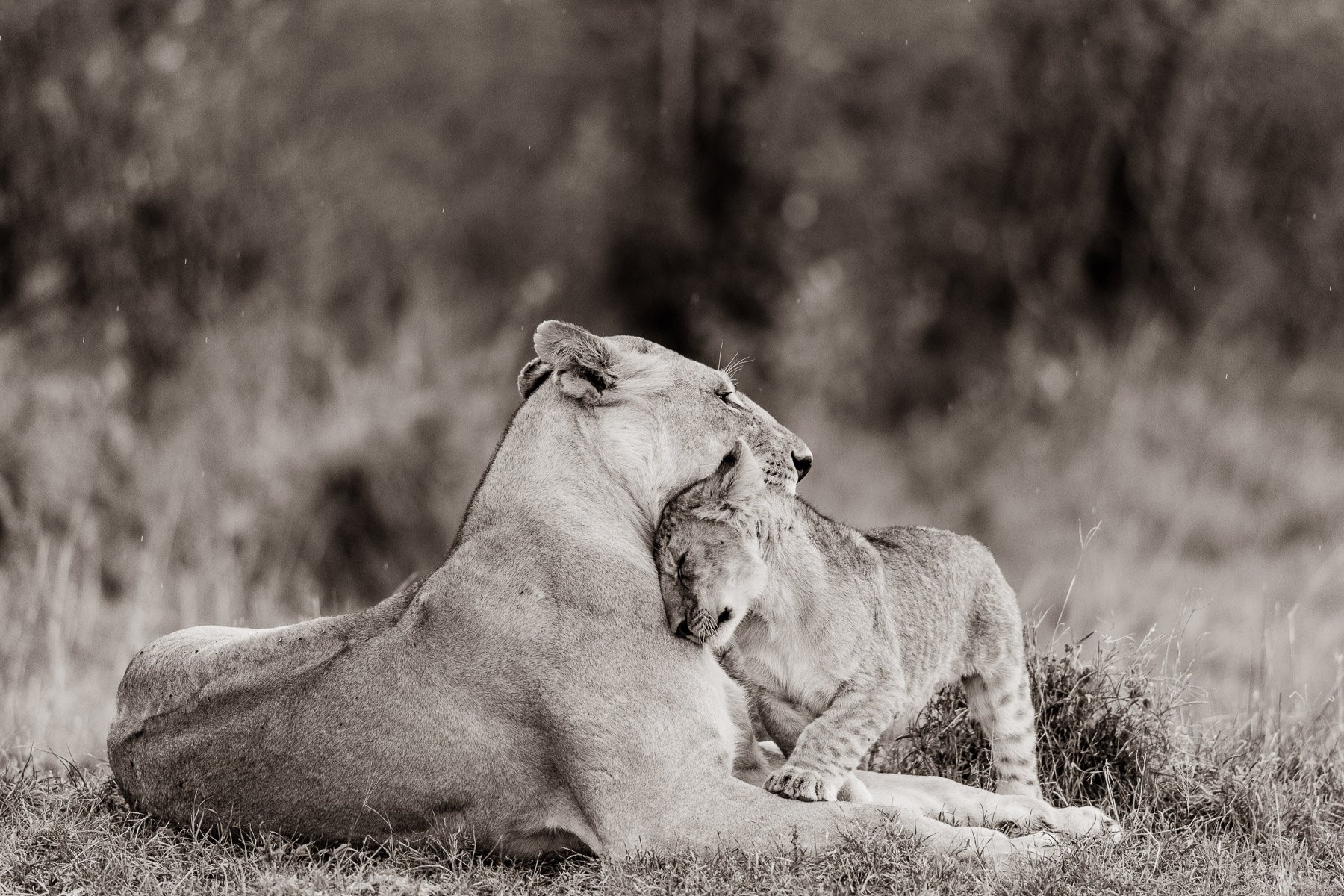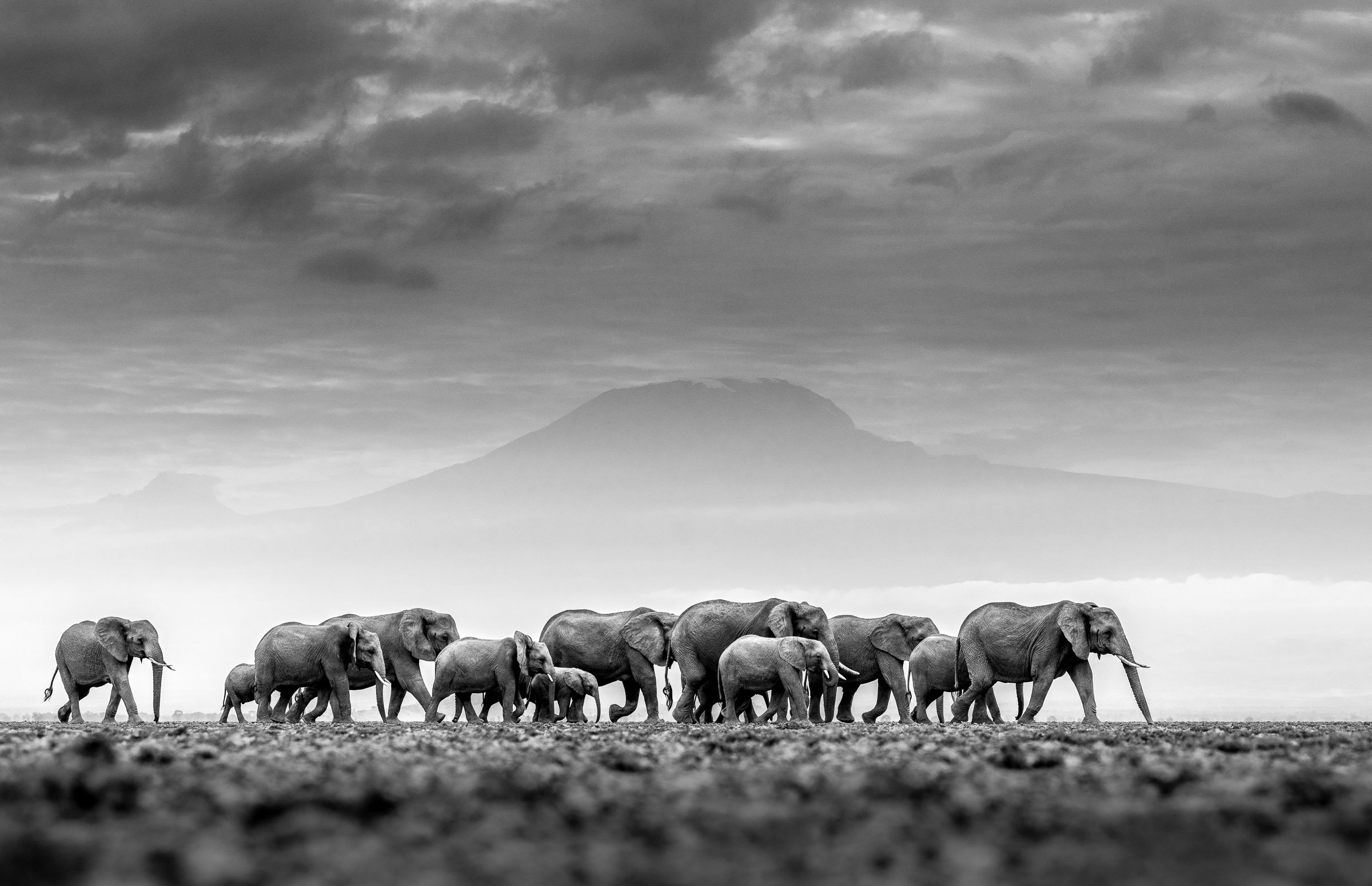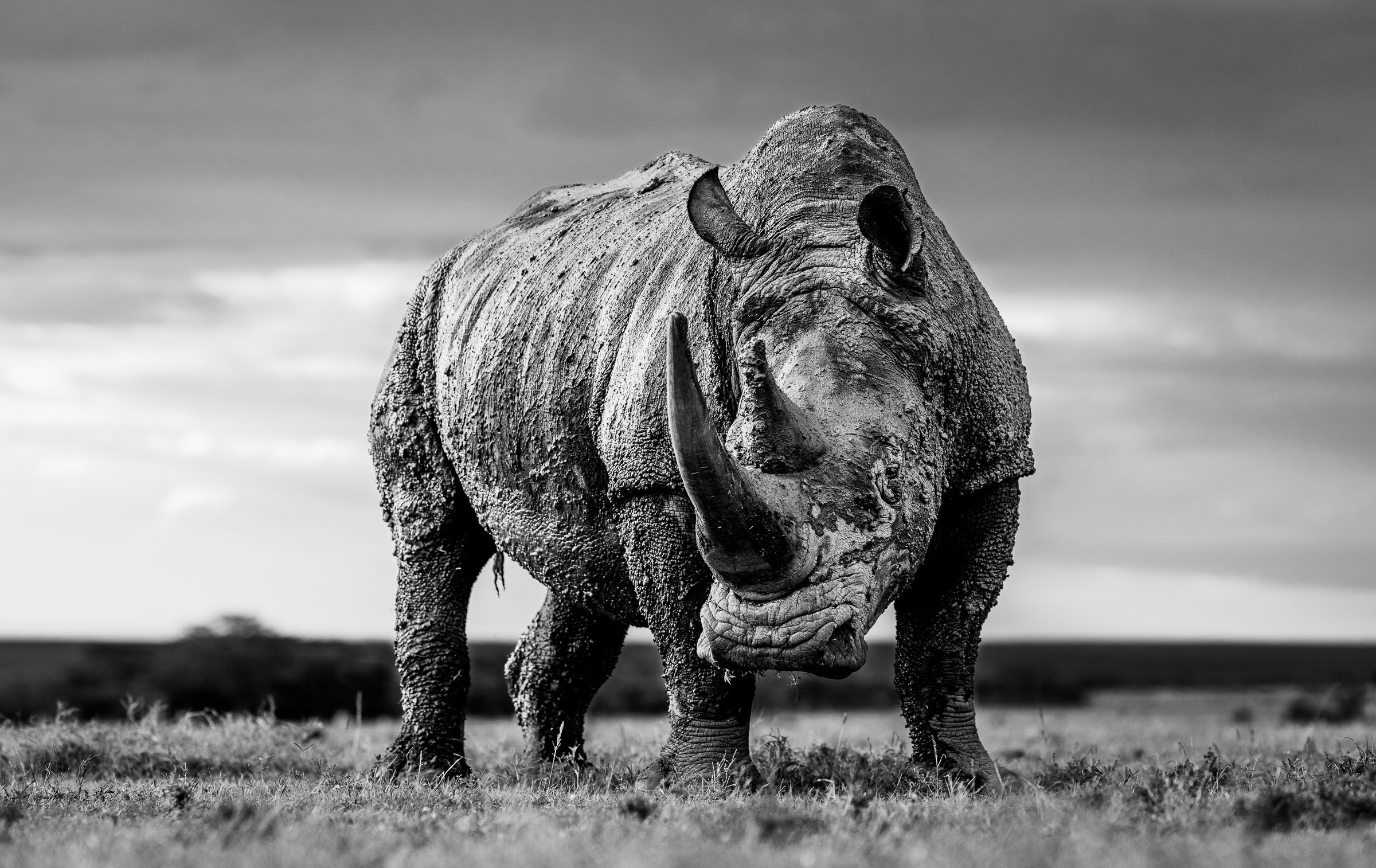Cattle of Kings
Ol Pejeta, 2021
Standard: 48 x 41” (Edition of 5) | Large: 60 x 50” (Edition of 3)
Behind The Lens
Introducing the new series: “Behind The Lens”, telling the stories behind each image. Cattle of Kings is one of William’s few images that strays from typical wildlife species, hear why he believes it fully deserves its place in the collection though.
-
10% of the proceeds from William’s print sales are donated to his partnered conservation charity, David Shepherd Wildlife Foundation. An organisation focussed on the conservation of wildlife in Africa and Asia through an unyielding, holistic approach.
With William’s style deeply focussed on wildlife in its environment, working with organisations of this calibre and determination is a natural fit and prints are proudly embossed with the foundations logo next to William’s signature.
To date William’s work has been used to raise over £80,000 for a variety of charitable organisations.
-
Perhaps no species personifies our bizarre relationship with animals more than the humble cow. Revered and worshipped by some, eaten by many and worn by others, cattle have been an integral companion for homo sapiens for the last 10,000 years.
Cows, as individuals, have fascinated me since childhood - as they would anyone growing up next to a dairy farm. They are also the species that inspired my journey in to photography as one of my earliest photographs of a highland cow, taken in Scotland, became my first print sale. It is with real pride therefore, that I am able to include this beautiful Ankole in ‘Nomads’.
Known in Africa as 'the cattle of Kings', Ankole cattle (or Ankole-Watsui to give them their full name), are amongst the most valuable on the continent and their ancestors, the Egyptian Long Horned Cattle, are displayed in pictographs inside the Great Pyramids. At least two African presidents are known to keep herds.
Striking in appearance and instantly recognisable, their horns are used to regulate body temperature. Blood circulates through and is cooled by vessels in the horns, before returning to their bodies - an imperative adaptation enabling them to survive the intense heat of East Africa.
My first encounter with these cows was on Ol Pejeta conservancy, a place I have previously created some of my best selling rhino work. Here cattle are an integral part of their conservation success, indeed the conservancy was once a cattle ranch before becoming the world renowned operation it is today.
With my latest collection focussing largely on individual animals, finding the right cow to work with was key. The white markings and stunning symmetry of the horns stood out amongst the herd and the storm clouds provide the perfect backdrop - I rarely work without them these days.
Having made a career out of photographing wildlife, it might seem peculiar to include a cow in this collection but I believe it fully deserves its place. Not only is it one of the most dynamic images I have taken but it is time we all see cows as equal to lion, elephant or rhino. They are after all, all sentient beings.
























